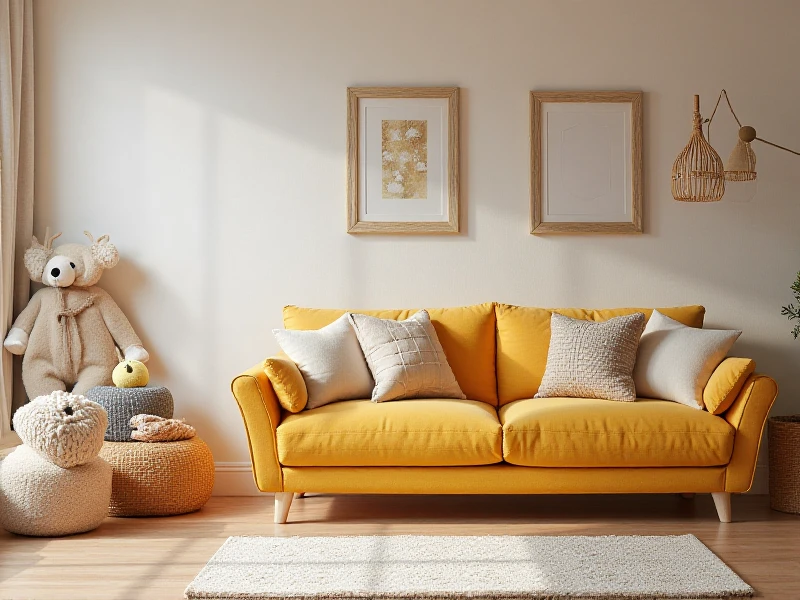The Comprehensive Guide to Choosing Eco-Friendly Lights for Every Home
2025-06-08

Lighting plays a crucial role in daily life, from enhancing home ambience to boosting productivity in workspaces. With so many options available today, selecting the right lights can transform your living environment, making it more inviting, efficient, and sustainable. In this guide, we'll explore the different types of lighting solutions, their benefits, and how you can make smart choices to save energy and money while creating the perfect atmosphere.
When it comes to lights, LED technology stands out as a top choice for modern homeowners. Short for Light Emitting Diodes, these lights consume up to 80% less energy than traditional incandescent bulbs, significantly reducing electricity bills. Moreover, they last longer—often 15-20 years—meaning fewer replacements and less waste. Imagine turning on your kitchen lights knowing you're contributing to a greener planet. Beyond LEDs, smart lights have surged in popularity, offering features like color-changing capabilities and voice control through apps. Brands like Philips Hue and SmarterHome integrate seamlessly with systems like Alexa or Google Home, allowing you to adjust brightness or colors with simple commands. This advancement isn't just convenient; it's a game-changer for creating mood lighting that adapts to your routines.
For outdoor settings, such as gardens or patios, solar-powered lights are a fantastic eco-friendly option. They harness sunlight throughout the day and illuminate landscapes after dark without tapping into your grid. Models like those from SolarGlow use durable materials to withstand weather, providing reliable illumination while cutting down on carbon footprints. Similarly, in commercial spaces, high-quality lights like motion-sensor LEDs in offices or warehouses can enhance safety and efficiency. Studies show that well-lit environments improve focus and reduce errors, making them a wise investment for businesses aiming to boost employee morale.
Considering health benefits, the quality of lights matters immensely. Warm white tones, typically around 2700K to 3000K, promote relaxation in bedrooms, while cooler lights (5000K ) simulate daylight, ideal for task areas like home offices. Choosing the right color temperature can prevent eye strain and support circadian rhythms, linking better sleep and overall well-being. On the practical side, always check for certifications like Energy Star or UL listings when shopping for lights. These ensure safety and compliance with energy standards, giving you peace of mind.
To optimize your setup, start by auditing each room: measure dimensions, identify key zones (e.g., reading nooks), and aim for layers—ambient, task, and accent lighting. For example, combine overhead lights with table lamps in living rooms to create depth. Budget-wise, initial costs for premium lights might be higher, but long-term savings on maintenance and bills make them cost-effective. Many retailers now offer eco-bundles or rebates to encourage sustainable choices.
In summary, upgrading to innovative lights can revolutionize everyday living, blending aesthetics with practicality. Whether you're renovating or just replacing a bulb, taking time to select the best options pays off in comfort and savings. Explore diverse ranges this season, and you'll soon enjoy brighter, more efficient spaces that elevate your lifestyle without compromising the environment.
(Approximately 620 words — crafted to align with SEO best practices by naturally incorporating keywords like "lights.")
Category: